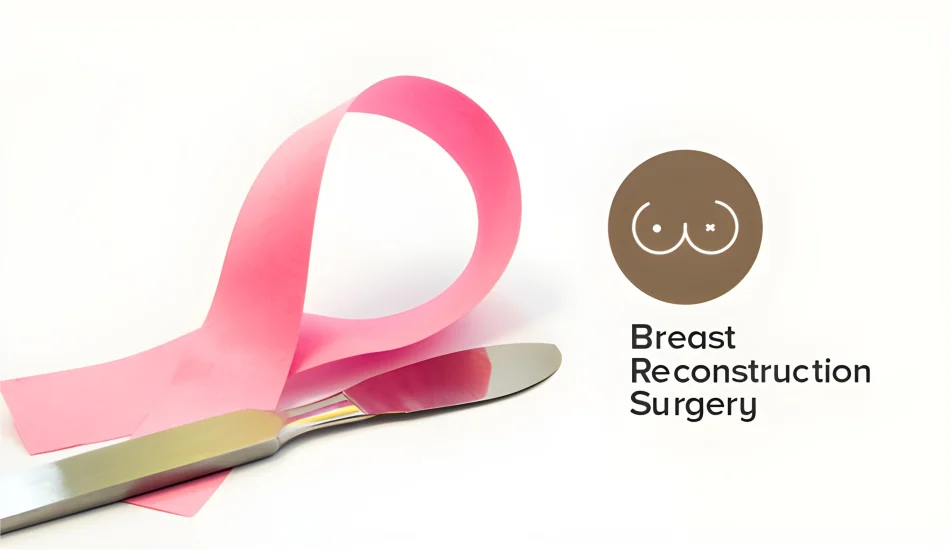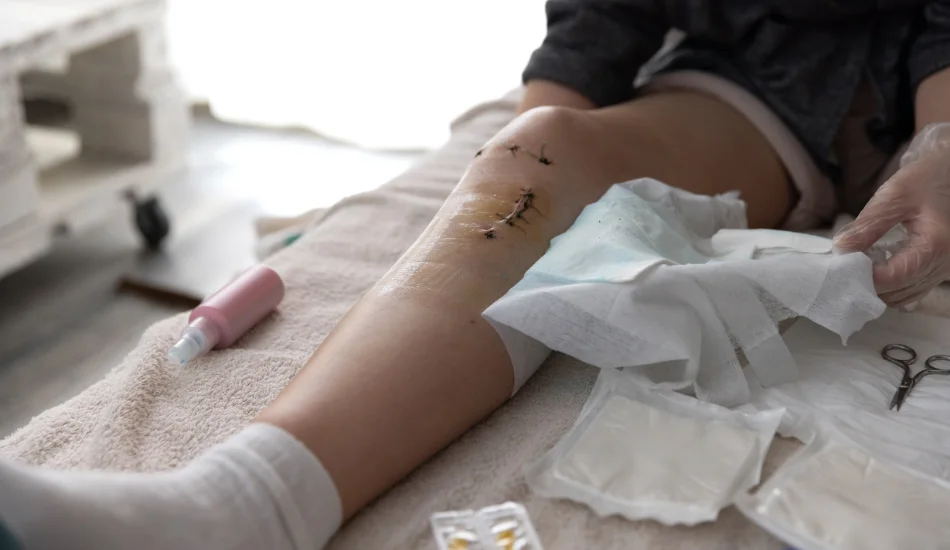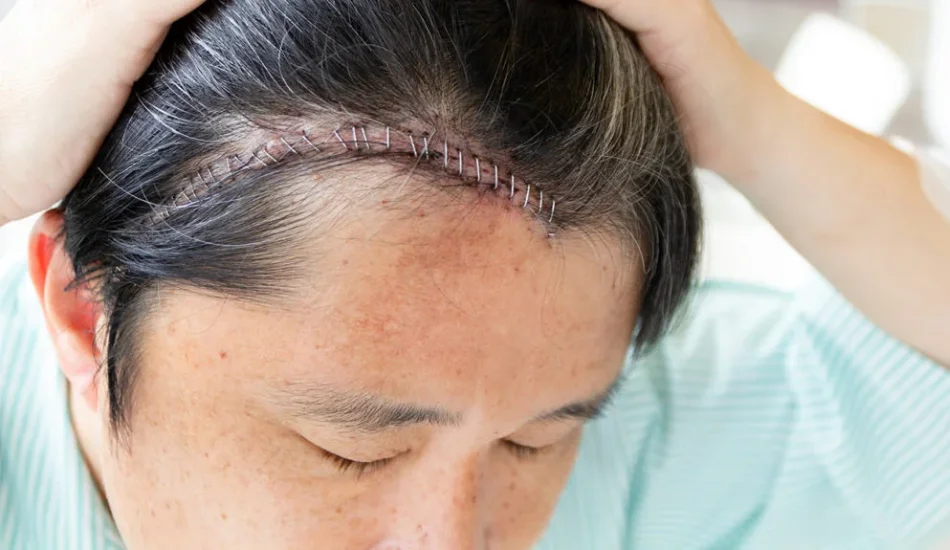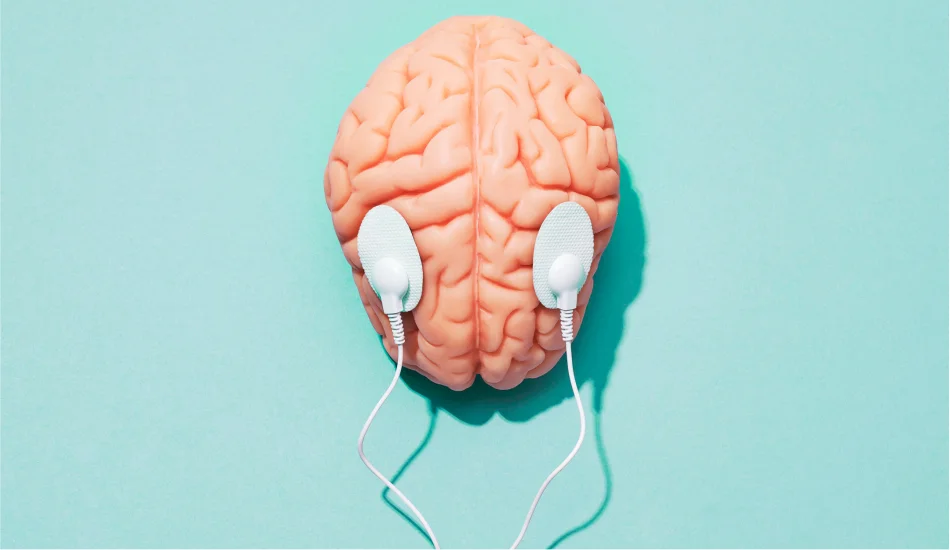
A mastectomy, which is the removal surgically of both or one breast is an important stage in the treatment of breast cancer. Although this procedure is essential to eliminate cancerous cells, it is often associated with psychological and physical issues due to loss of breast. The reconstruction of breasts after mastectomy is the possibility of restoring the feeling of completeness and self-confidence. In this post, we’ll look at the process of reconstruction following mastectomy as well as discuss the various options available for breast reconstruction, and offer information regarding what to expect during the recovery phase.
Understanding Mastectomy and Its Impact
Mastectomy can be used for the treatment of breast cancer. It is the removal of breast tissue. It can be lifesaving however it also results in the reduction of breast size and shape and can negatively impact an individual’s self-esteem as well as appearance. Reconstruction of the breast is procedure to reconstruct the form and appearance of the breast, assisting patients regain their confidence in self-esteem and improve their life quality.
The Importance of Breast Reconstruction
The breast reconstruction following mastectomy plays an important role in:
- Restoring Appearance :- Reconstruction assists in restoring the natural appearance and shape of the breasts that can boost the confidence of your body and overall health.
- Enhancing Self-Esteem :- Restoring the symmetry and shape of breasts Reconstruction can help to create a more positive image of the body and emotional healing.
- Complete the Journey :- Reconstruction for many is an essential element of finishing their cancer treatment process and resuming their lives.
Options for Breast Reconstruction
There are a variety of options for breast reconstruction and the selection is contingent on the individual’s preferences, medical considerations and the particulars for the procedure. Here are the main choices for breast reconstruction:
- Implant-Based Reconstruction :- Implant-based reconstruction is the use of the silicone implants or with saline in order to create the breast mound
- Immediate Reconstruction :- Implants are placed simultaneously with the mastectomy, making it possible to have only one surgery. This procedure typically includes the use of tissue expanders that gradually expand the skin and make an area to place the implants.
- Delayed Reconstruction :- In the event that the procedure is done without an immediate reconstructive procedure, then implants could be added during a separate procedure following beginning the healing process. This method allows the body to heal before reconstructing.
- Autologous or Flap Reconstruction :-The autologous reconstructive procedure, which is also referred to in flap reconstruct, utilizes tissues from other parts of the body to form the breast mound.
- TRAM Flap (Transverse Rectus Abdominis Myocutaneous Flap) :- This method utilizes fat, skin, and abdominal muscle to form a new breast. It gives the appearance and feel of natural breasts however it requires a longer recovery due to the need for abdominal tissue.
- DIEP Flap (Deep Inferior Epigastric Perforator) :- Similar to the TRAM flap however, the DIEP flap utilizes abdominal tissue, but it does not use abdominal muscles, which leads to a faster recovery and lower risk of weakening the abdominal muscles.
- Latissimus Dorsi Flap :- This procedure uses the tissues from the upper back which is transferred to chest region to form the appearance of a new breast mound. It can be utilized alongside implants for an increase in volume.
- Nipple and Areola Reconstruction :-Following the breast reconstruction procedure, further procedures are possible to repair the nipple as well as areola
- Nipple Reconstruction :- Techniques like local and transient tissue rearranging or tattooing may create the appearance of a new the nipple. The aim is to create a natural look that compliments the breast reconstruction.
- Areola Reconstruction :- The areola can be rebuilt by tattooing or skin grafts that correspond to the texture and color of the skin.
The Breast Reconstruction Process
The process of reconstructing breasts is a series of stages:
- Preoperative Planning
-
- consultation :- Discuss your options with a plastic surgeon skilled with breast reconstructive surgery. They will assess the medical conditions you have, talk about your goals, and create your own customized reconstruction strategy.
- Image and Test :- Imaging and tests prior to surgery might be required to determine the anatomy as well as plan the reconstruction.
- Surgical Procedure
-
- Anesthesia :- Reconstruction of the breast is done under general anesthesia to make sure that the patient is comfortable during the procedure.
- Reconstruction Procedure :- Depending on the choice of method the surgeon may place implants or transfer tissues from another area of the body to form the breast mound.
- After-Operative Care :- Following the operation is completed, you will be closely monitored in a healing area. Care for wounds and management of pain will be offered to aid in healing.
- Recovery and Follow-Up
-
- First Recovery :- This recovery phase is about managing the discomfort of the surgical site as well as monitoring for potential complications and following the postoperative instructions for care.
- Follow-up appointments :- Regular follow-up appointments will be scheduled to examine the progress of healing, monitor the process and discuss any other procedures, including the reconstruction of the nipple or the areola.
- Regression to Activities :- Begin to resume daily activities gradually according to your doctor’s instructions. Be cautious about strenuous exercise until you have received clearance.
Emotional and Psychological Support
The process of reconstructing your breast isn’t just physical, but as well emotional. It is important to seek out support from:
- counseling and support groups :- Joining groups with people who have experienced similar situations can offer emotional support as well as practical guidance.
- Families and friends :- Rely on your family and friends for support and support in your recovery.
Conclusion
Reconstruction of the breast following a mastectomy is a crucial part of the recovery process. It offers physical and emotional advantages. When you know the options and following the appropriate guidelines for recovery you will be able to have an excellent outcome and gain faith in yourself and your body.
If you’re considering the possibility of breast reconstruction, speaking with an experienced surgeon is necessary to determine the best option for your particular requirements. Chirayu Super Speciality Hospital in Mira Bhayandar is renowned for its experience in breast reconstruction. They provide professional care and cutting-edge surgical techniques that aid patients as they make their way to healing. If you’re considering mastectomy reconstruction, think about the outstanding care offered at Chirayu Super Speciality Hospital for an extensive and supportive experience.



